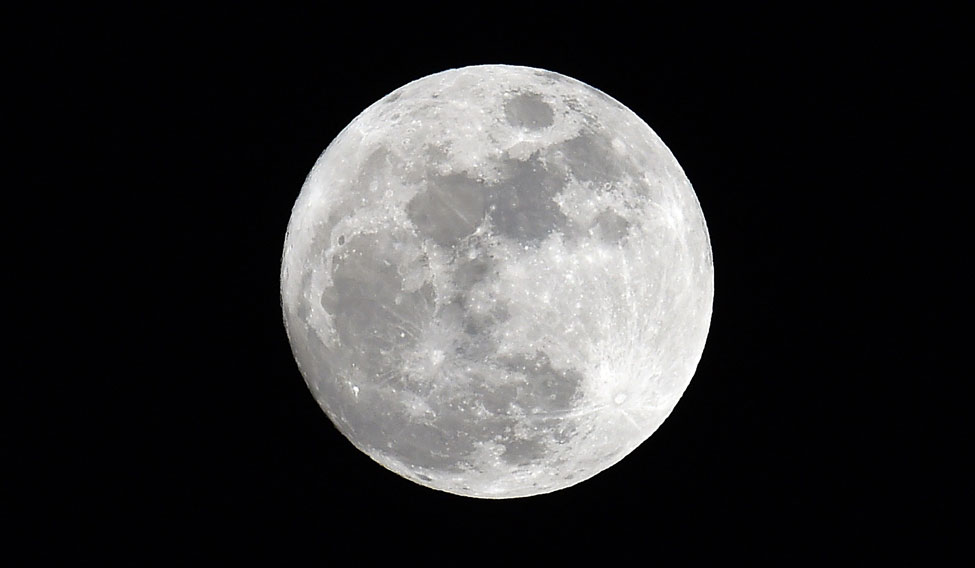The moon was formed by a planetary object hitting the infant Earth some 4.5 billion years ago, say researchers who studied a layer of iron and other elements.
The authors argue this was the same impact that sent a great mass of debris hurtling into space, creating the moon.
The scientists used laboratory simulations of an Earth impact as evidence that a stratified layer beneath the rocky mantle -- which appears in seismic data -- was created when Earth was struck by a smaller object.
"Our experiments bring additional evidence in favour of the giant impact hypothesis," said Maylis Landeau, post-doctoral fellow in Johns Hopkins University's department of Earth and Planetary Sciences.
"The giant impact scenario also explains the stratification inferred by seismology at the top of the present-day Earth's core. This result ties the present-day structure of Earth's core to its formation," added Landeau, now a Marie Curie Fellow at University of Cambridge.
According to Peter Olson, Research Professor at Johns Hopkins, the giant impact argument for the formation of the moon is the most prevalent scientific hypothesis on how Earth satellite was formed, but it is still considered unproven because there's been no "smoking gun" evidence.
"We're saying this stratified layer might be the smoking gun," said Olson. "Its properties are consistent with it being a vestige of that impact."
Their argument is based on seismic evidence of the composition of the stratified layer -- believed to be some 200 miles thick and lie 1,800 miles below Earth's surface -- and on laboratory experiments simulating the turbulence of the impact.
The turbulence, in particular, is believed to account for the stratification -- meaning a mix of materials in layers rather than a homogeneous composition -- at the top of the core.
The stratified layer is believed to consist of a mix of iron and lighter elements, including oxygen, sulphur and silicon.
The very existence of this layer is understood from seismic imaging, as it lies far too deep underground to be sampled directly.
The study was published in the journal Nature Geoscience.




